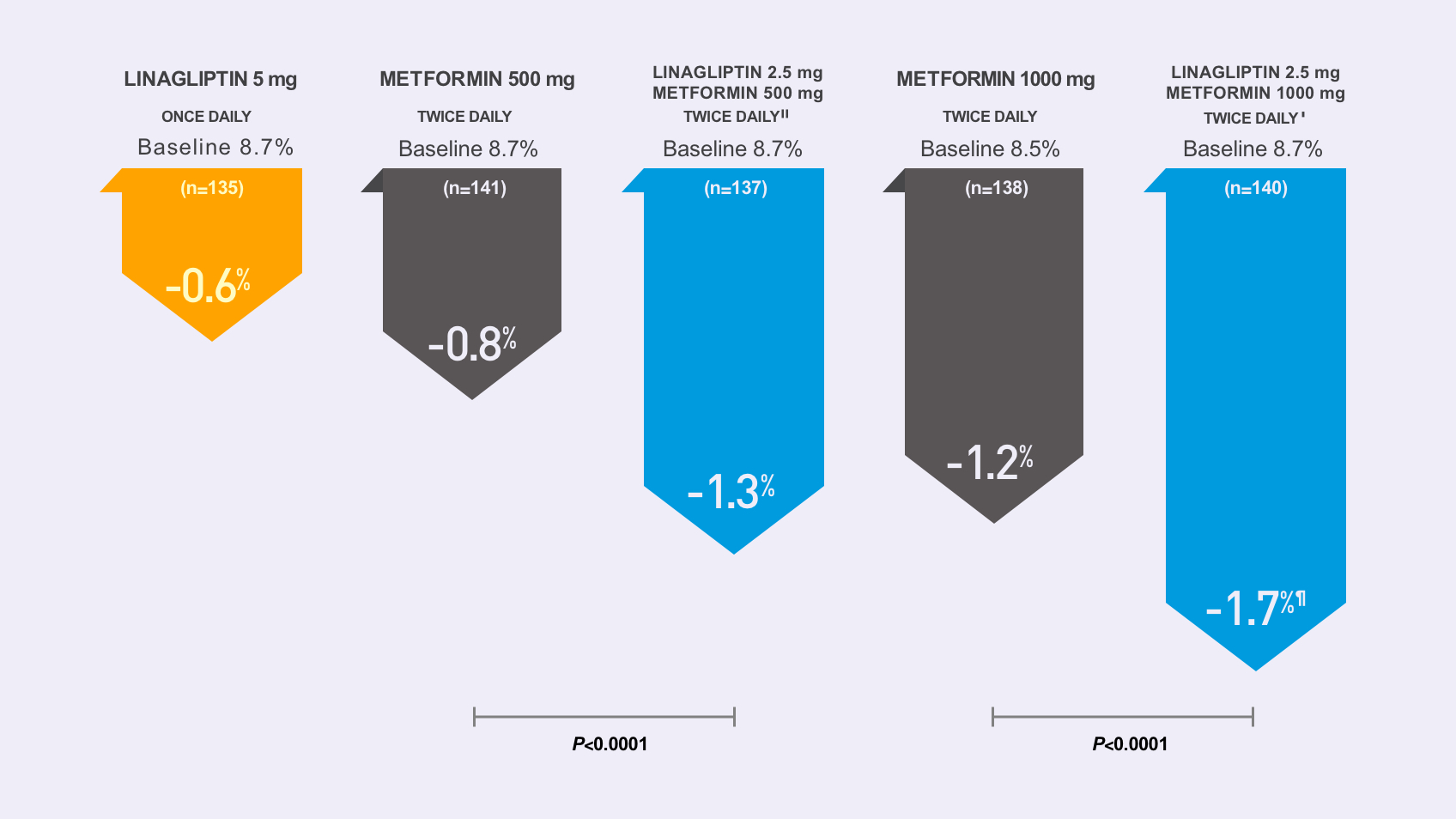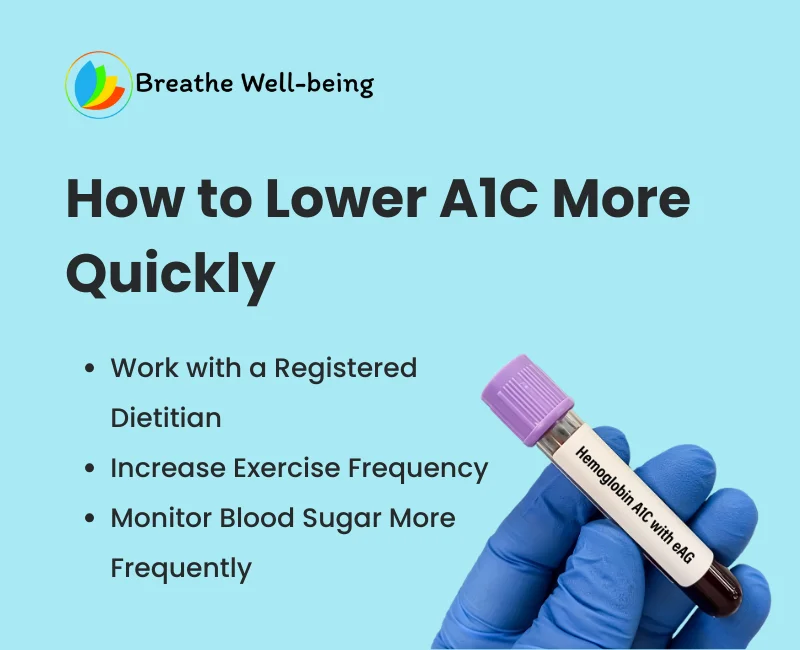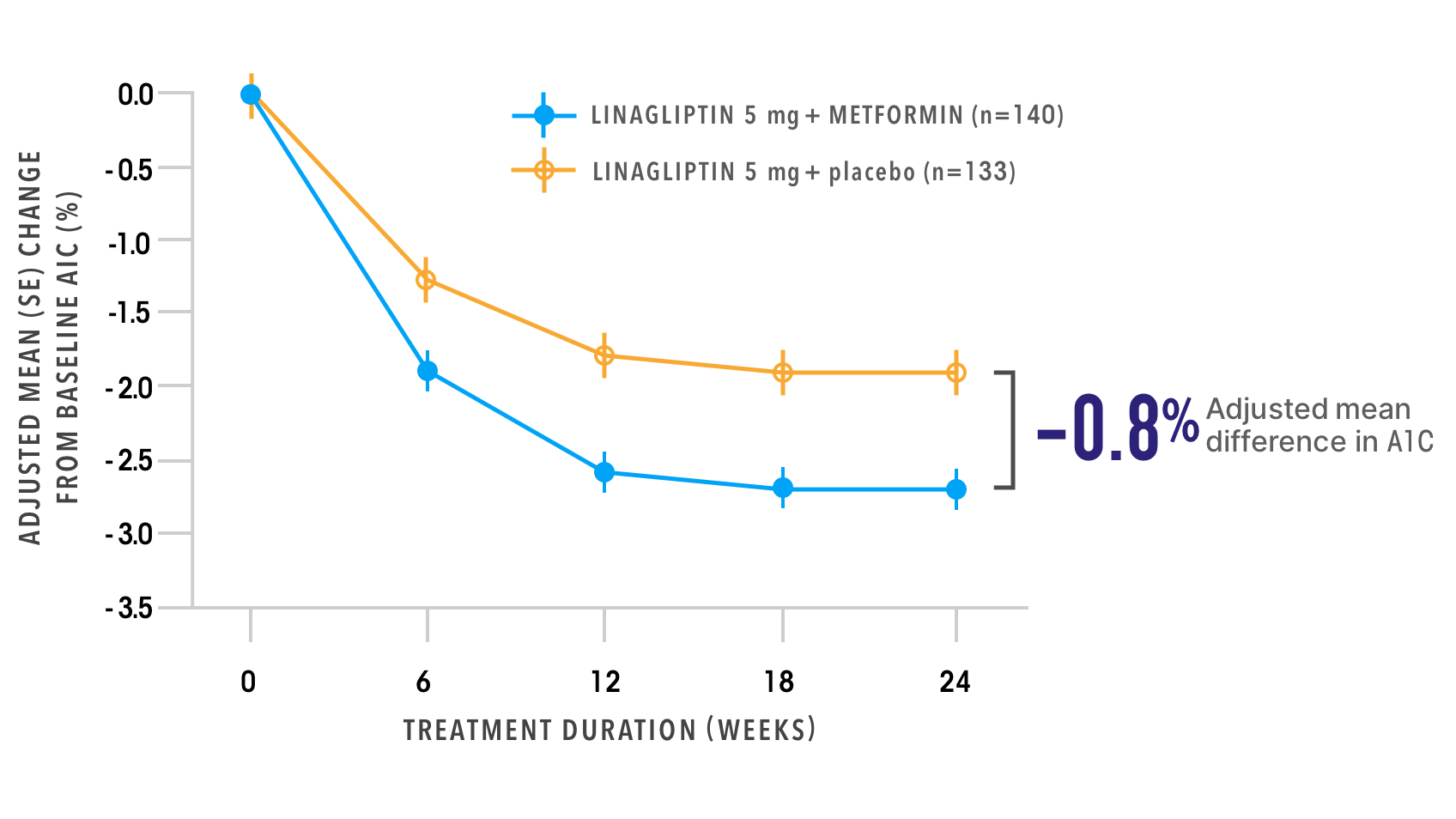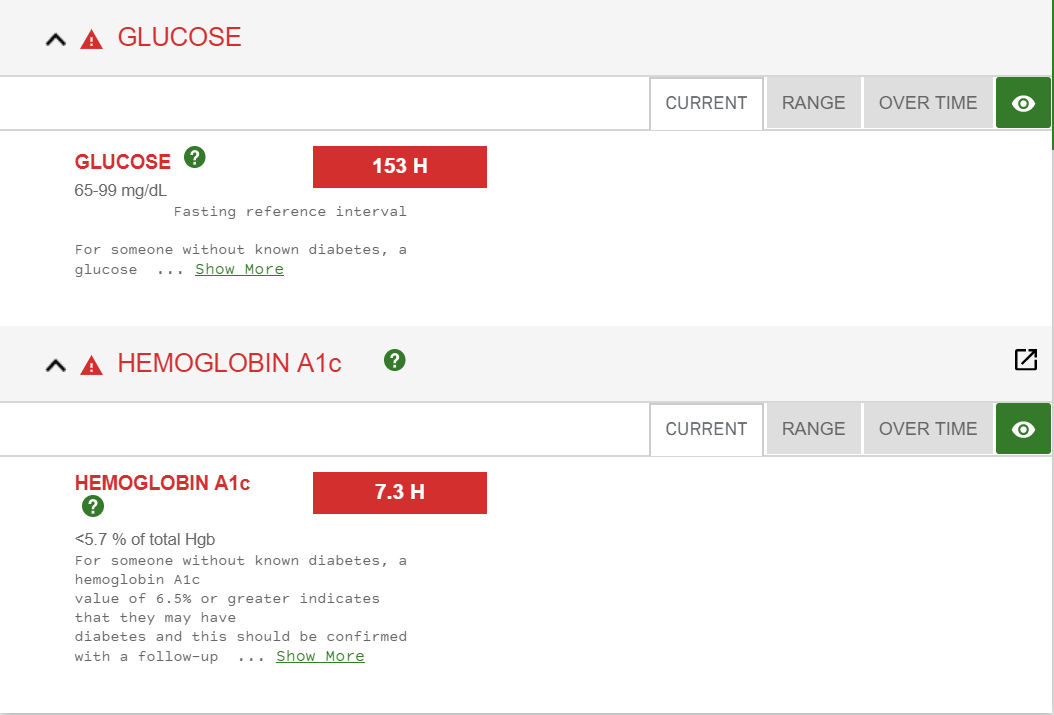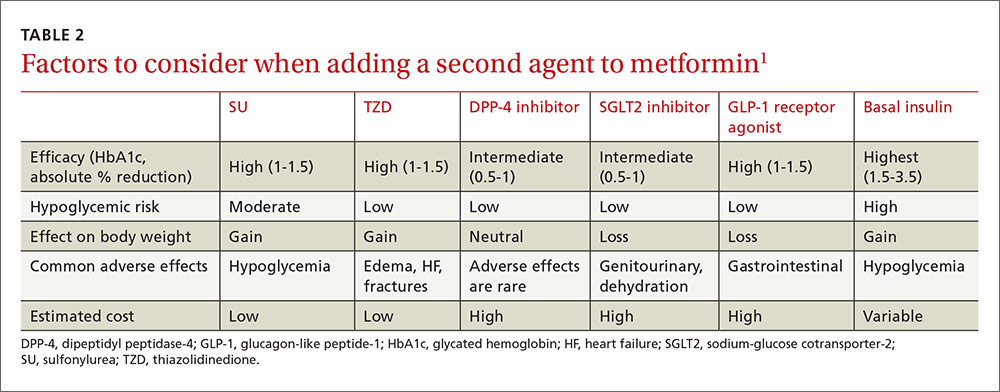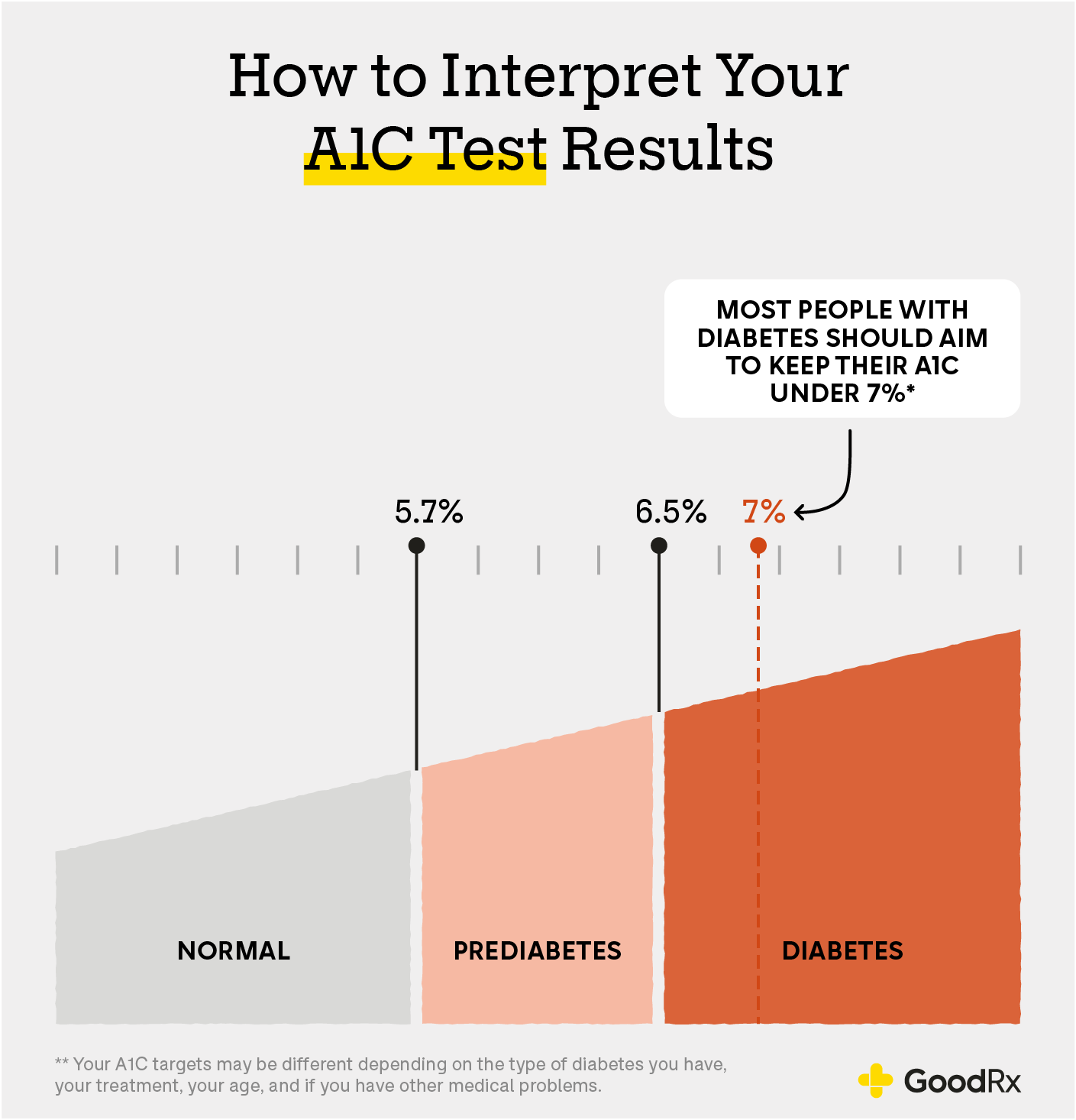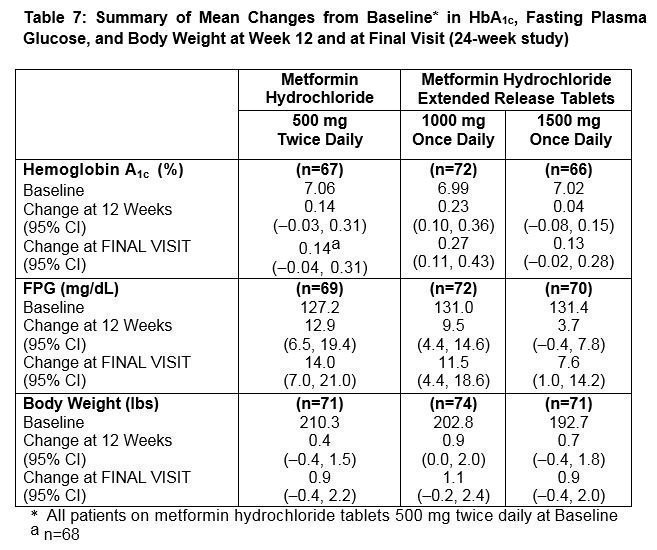How Much Will Metformin Lower A1c In 3 Months

Time is of the essence for millions managing type 2 diabetes. A crucial question looms: How much will Metformin lower A1c levels in just three months?
This article breaks down the expected A1c reduction from Metformin use over a 12-week period, offering essential insights for individuals and healthcare providers aiming for effective blood sugar control and reducing the risk of diabetes-related complications. It focuses on delivering data-backed expectations, crucial for managing this prevalent condition.
Understanding A1c and Metformin's Role
A1c, or glycated hemoglobin, reflects average blood sugar levels over the past 2-3 months. Metformin, a first-line medication for type 2 diabetes, primarily works by decreasing glucose production in the liver and improving insulin sensitivity. This dual action helps to lower blood sugar and, consequently, A1c levels.
The Expected A1c Reduction in 3 Months
Clinical trials and real-world data suggest that Metformin can typically lower A1c by 1% to 1.5% when used as a monotherapy. This reduction is an average, and individual responses can vary significantly. Factors influencing the degree of A1c reduction include the initial A1c level, adherence to medication, diet, and exercise.
For instance, a study published in the Journal of the American Medical Association (JAMA) demonstrated a mean A1c reduction of 1.1% over 3 months in patients newly diagnosed with type 2 diabetes who were prescribed Metformin. The exact figures are based on averages derived from clinical trial results. A starting A1c above 8% may experience a greater reduction than someone starting closer to 7%.
According to a large meta-analysis published in Diabetes Care, the average A1c reduction with Metformin across various studies was around 1.2%. This meta-analysis encompassed a wide range of patient populations and study designs. The findings show that Metformin consistently demonstrates a clinically significant impact on A1c levels.
Factors Influencing A1c Reduction
Several factors can impact how much Metformin lowers A1c in a given individual. These include:Dosage: Higher doses of Metformin may result in greater A1c reduction, up to a certain point, beyond which side effects may outweigh the benefits. Adherence: Consistently taking Metformin as prescribed is crucial for achieving optimal blood sugar control.Lifestyle: Diet and exercise play a significant role in managing blood sugar levels and can enhance the effectiveness of Metformin.
Genetics also could play a role. Some individuals may be more responsive to Metformin due to genetic variations affecting drug metabolism or insulin sensitivity. Regular monitoring and adjustments to treatment plans may be needed to achieve target A1c levels.
Monitoring and Adjustments
Regular A1c testing, typically every 3 months initially, is essential to assess the effectiveness of Metformin. If the target A1c level is not achieved with Metformin alone, healthcare providers may consider increasing the dosage or adding other medications. Combination therapy with other diabetes drugs can often lead to greater A1c reductions.
Patients need to communicate openly with their doctors about any side effects experienced. Common side effects of Metformin include gastrointestinal issues, which can sometimes be managed with dose adjustments or dietary changes. Open communication helps ensure the medication is working effectively and is well-tolerated.
Real-World Implications
The anticipated A1c reduction from Metformin is vital for preventing long-term complications of diabetes. Each percentage point reduction in A1c is associated with a significant decrease in the risk of microvascular complications (e.g., nephropathy, retinopathy, neuropathy) and macrovascular events (e.g., heart attack, stroke).
Patients must understand that Metformin is just one component of a comprehensive diabetes management plan. Diet, exercise, and regular monitoring are equally crucial for achieving and maintaining optimal blood sugar control. A collaborative approach between patients and healthcare providers ensures the best possible outcomes.
Conclusion: What to Do Next
Individuals starting or continuing Metformin should work closely with their healthcare providers. Regularly monitoring A1c levels and adjusting treatment plans as needed is critical. The information presented underscores the importance of understanding Metformin's potential impact and the various factors influencing its effectiveness.
Future studies may explore personalized approaches to Metformin therapy. This might include tailoring dosages based on genetic factors or using continuous glucose monitoring to optimize blood sugar control. Stay informed about the latest research and guidelines for diabetes management.
